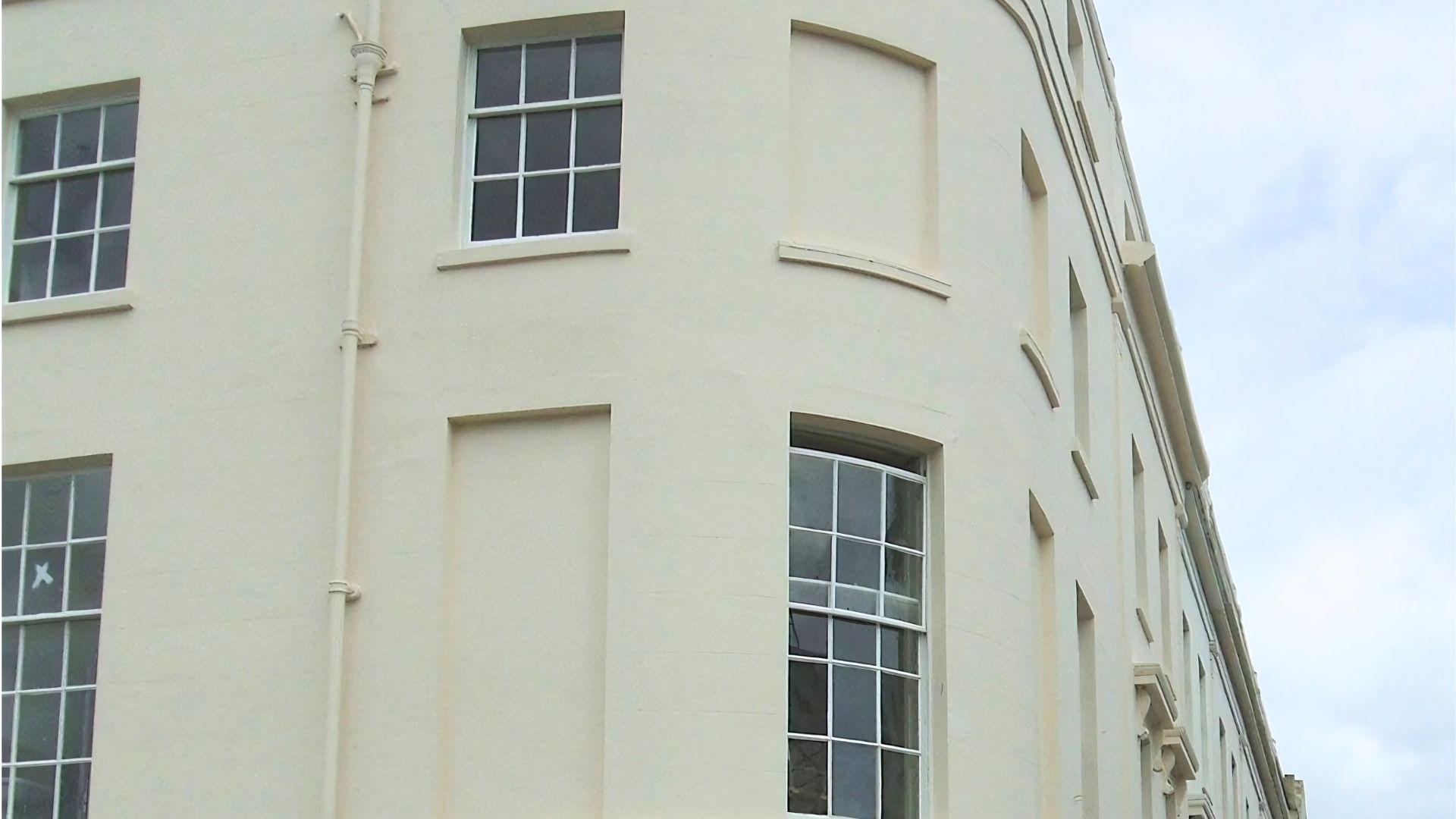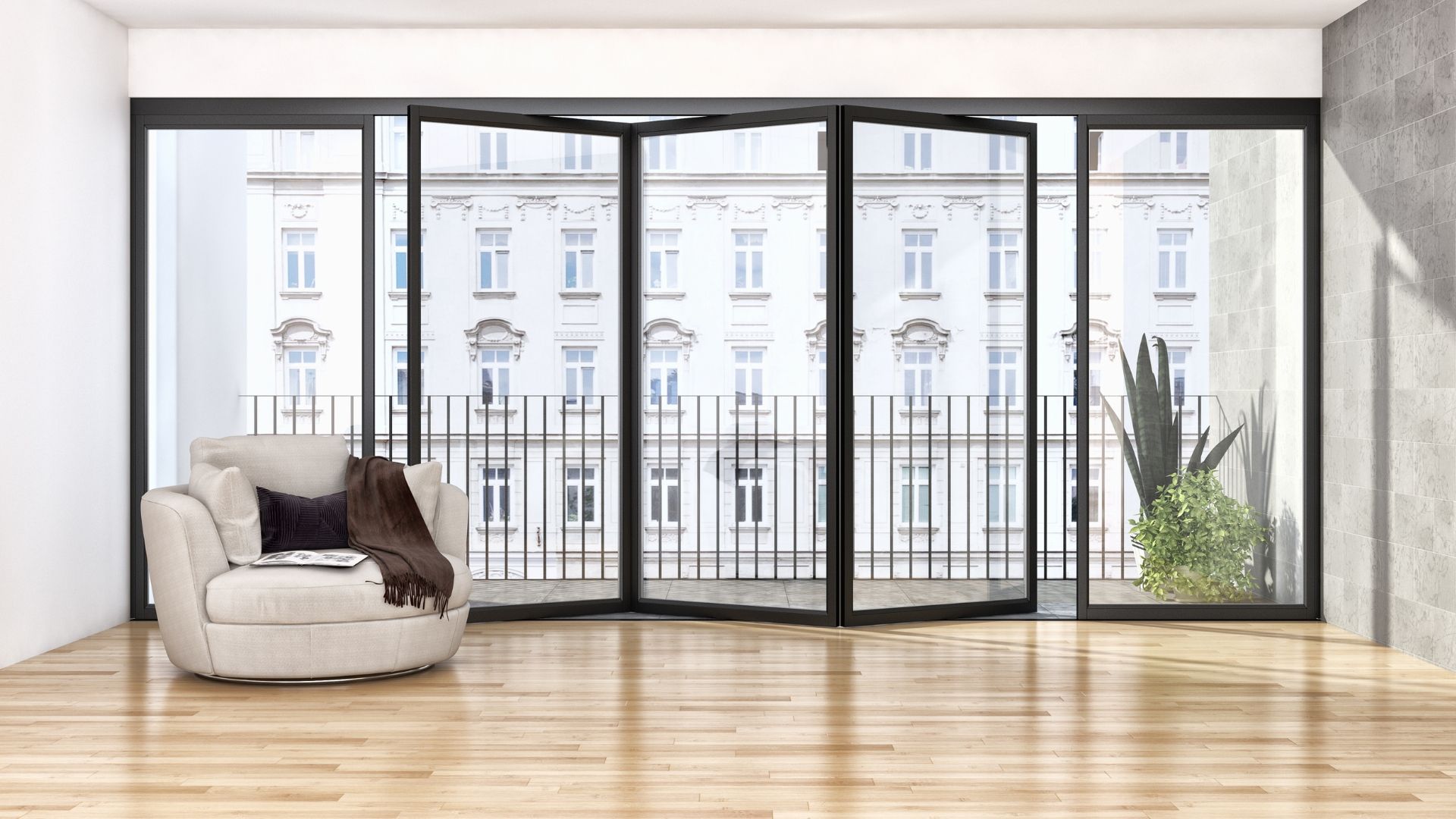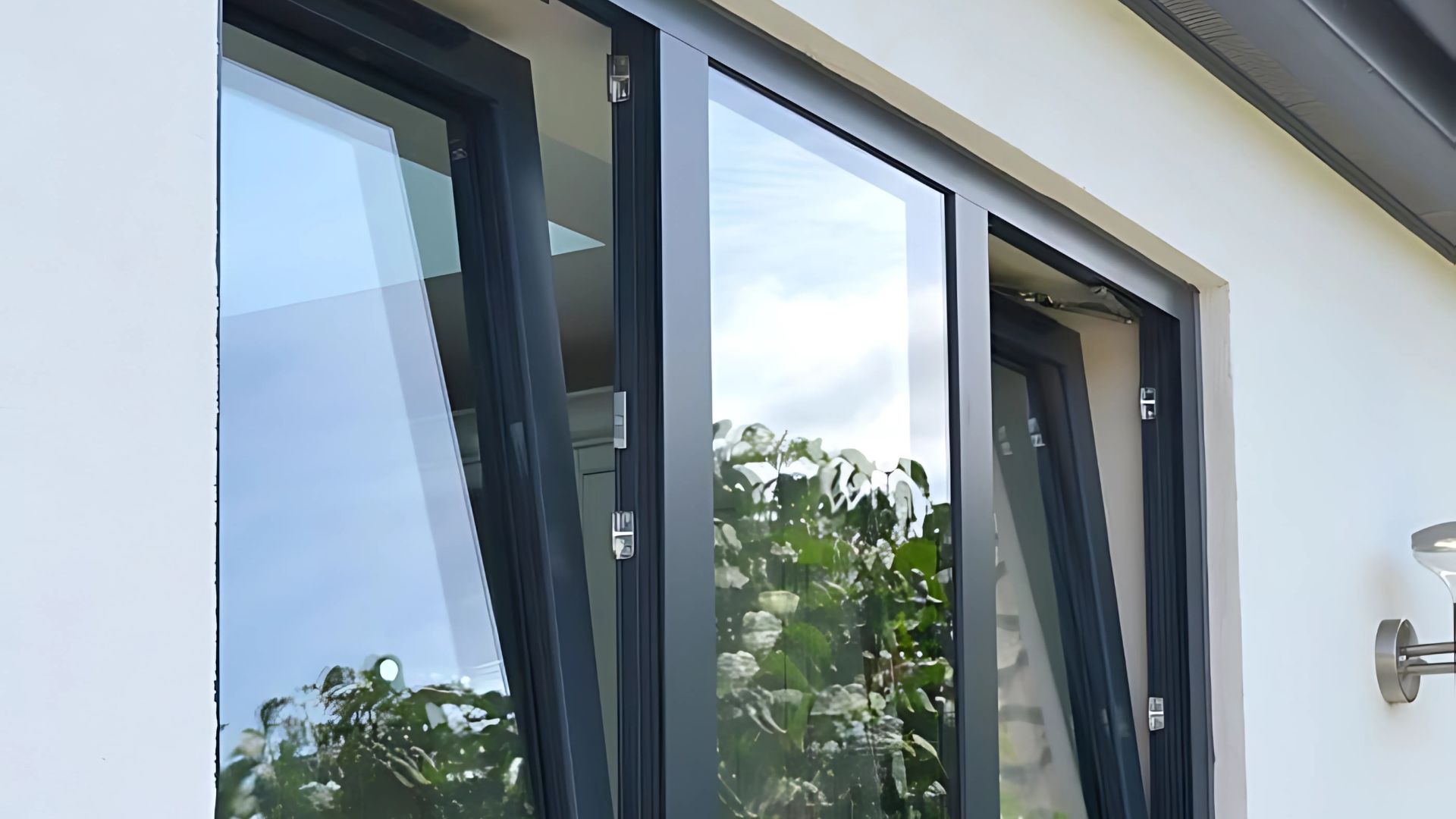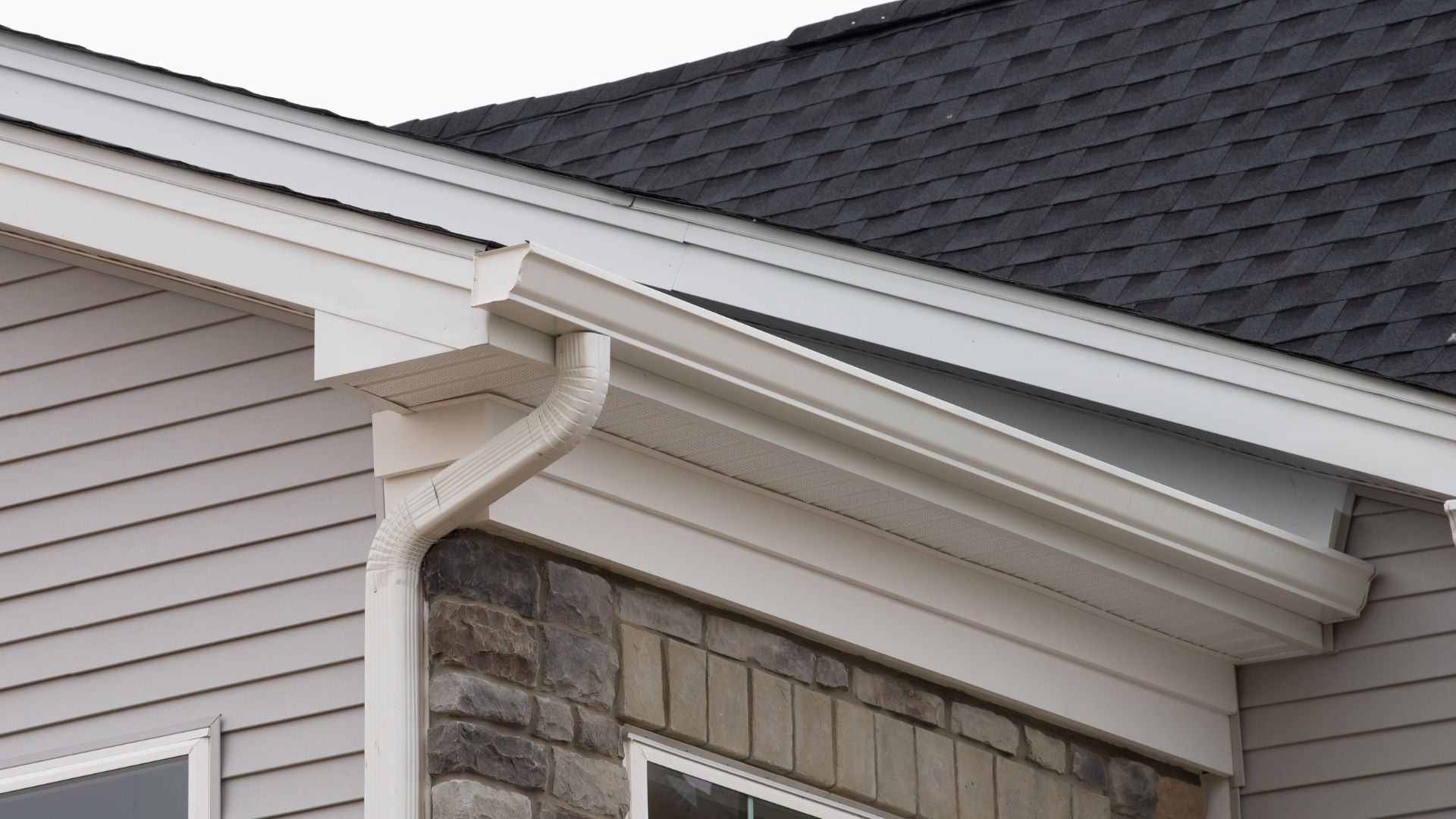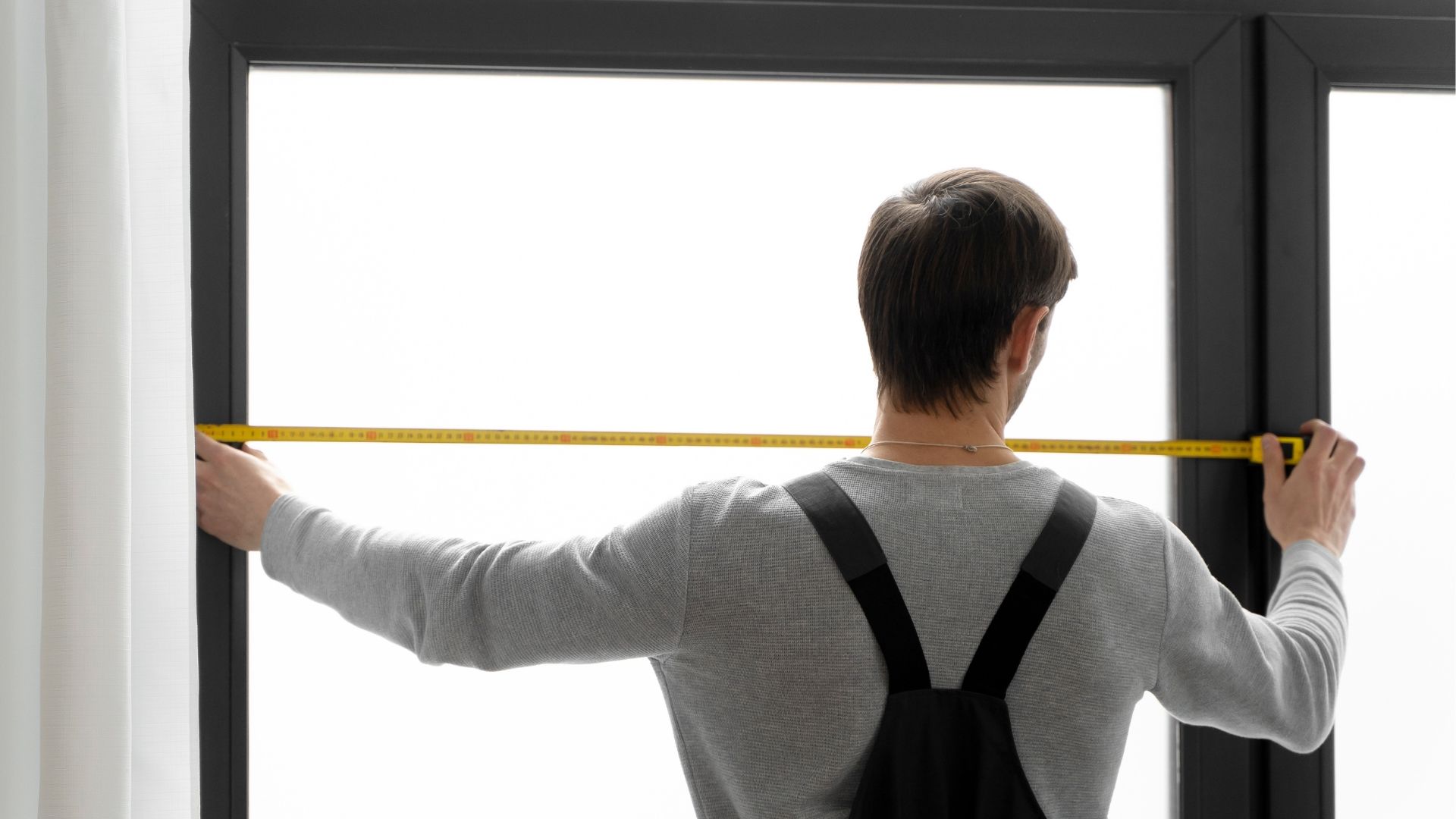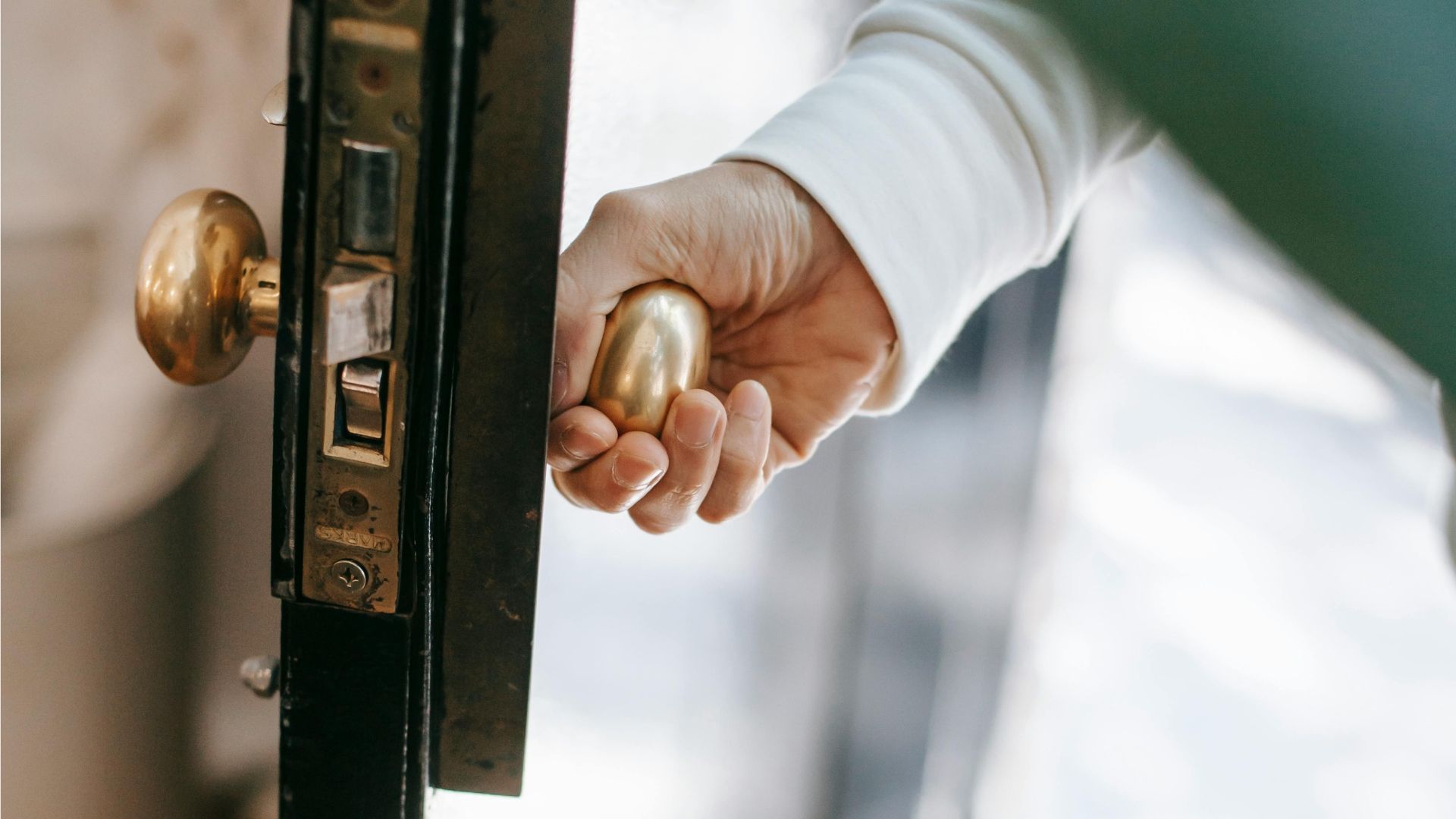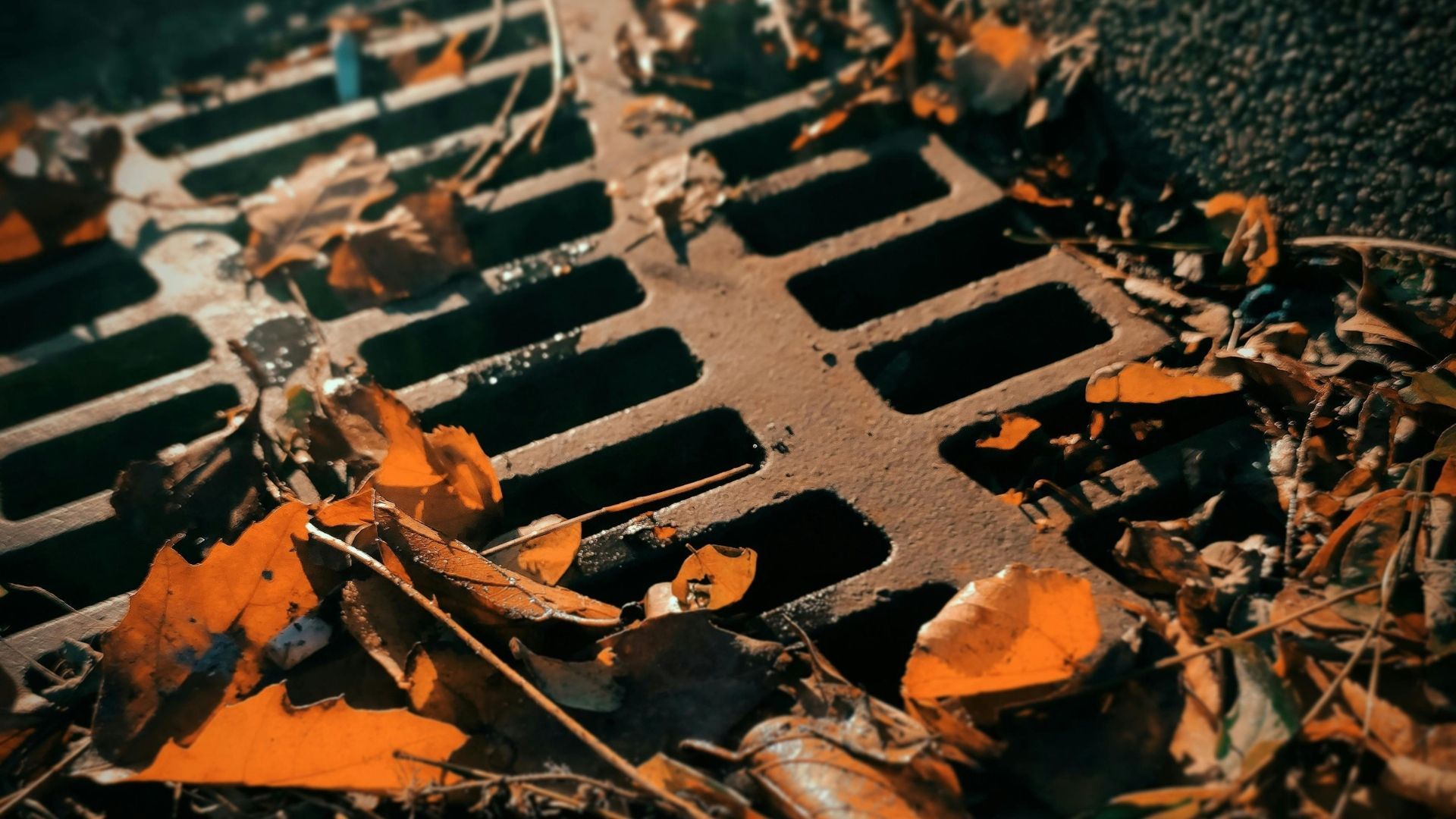A beginner's guide to casement windows
Casement windows are a classic choice for many homes. Learn more about their advantages – and how we can help you to install, repair or replace them.
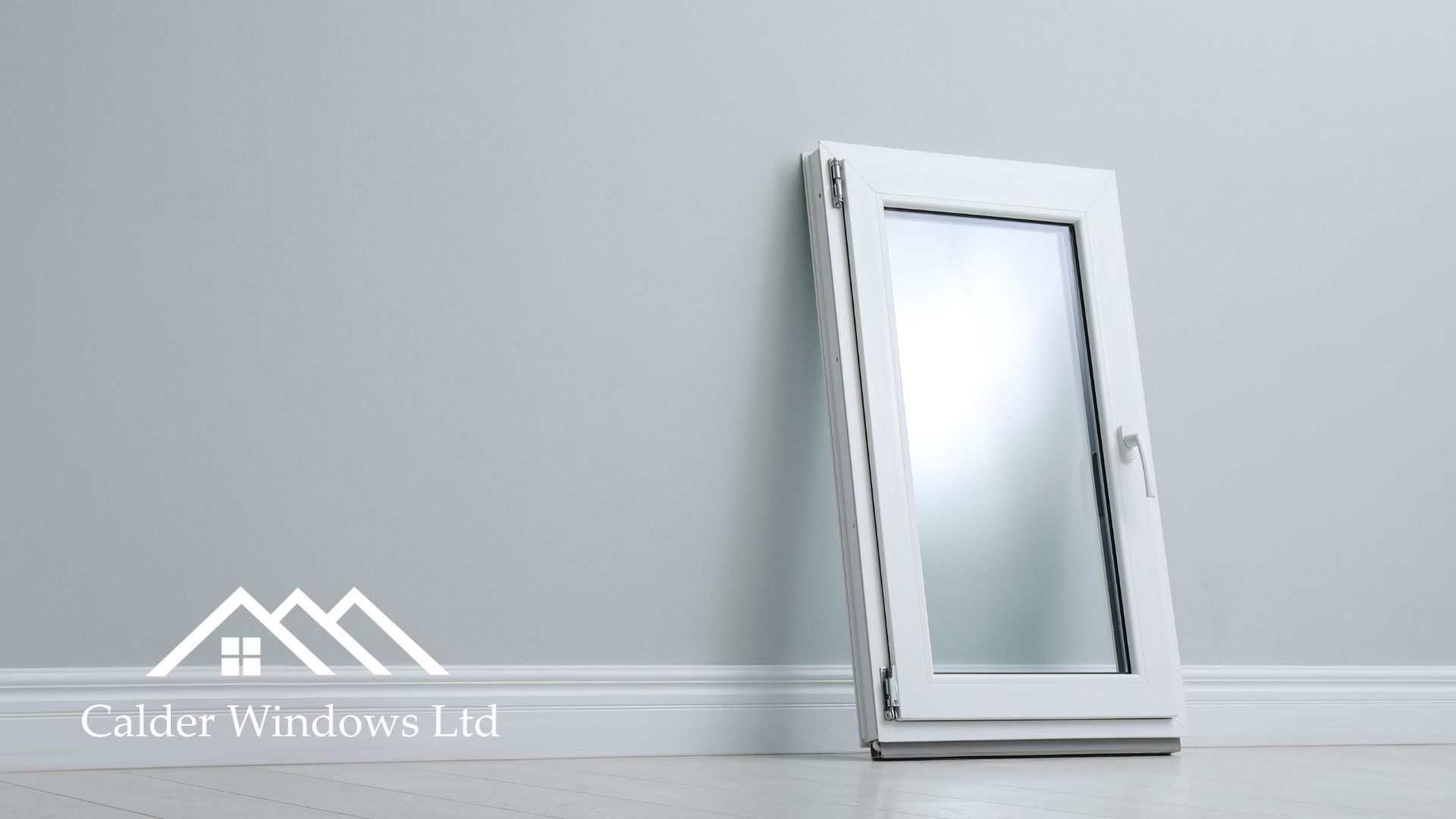
Casement windows are one of the most popular choices for homes in the UK. Chances are that you or someone you know already has one – two or more frames hinged on the outside that open outwards.
They've changed a lot over the centuries, but these days are usually made out of
uPVC or aluminium. They're highly regarded for their security, energy efficiency and ability to quickly ventilate a room.
Like many windows, there are variations on the classic design. Awning casements, for instance, are hinged at the top and hoppers are hinged at the bottom.
Then there are fixed casement windows – these are purely decorative and can't be opened. They're used to show off a striking view. The same is true of casement picture windows, which are usually flanked by functioning casements to allow for ventilation.
Finally, there are French casement windows – these open like French doors without a mullion divide (the vertical strip that separates window units).
Whichever way you slice it, casement windows are a solid choice for your
home. But before we look in more detail at their advantages, let's throw these windows open wide and explore their rich history.
A very brief history of casement windows
For many centuries, pretty much all windows were casement windows – at least until the sash came along.
In Shakespeare's time, casements and windows were synonymous. When Bottom in
A
Midsummer Night's Dream says that "the moon may shine in at the casement", he's not being overly pedantic about window styles.
Back then, the frames were mostly fashioned out of iron by local blacksmiths. It was nigh on impossible to make large sheets of glass, so casements usually consisted of six panes separated by lead strips.
Come the Victorian times, iron had been replaced by timber – especially oak – and lead strips were replaced by glazing bars.
Casement windows are often used in films to signify excitement and possibility. You can see them in
Oliver!
(1968), bursting open dramatically as the milkmaid sings "Who Will Buy?"
They're beloved by poets too. There's a reason Keats wrote about "magic casements, opening on the foam / Of perilous seas" and not, say, bay windows.
It was around this time that Gothic elements were introduced. Arched window tops allowed casement windows to have more than six panes and a wider range of shapes and styles.
You'll have noticed, however, that most of today's casement windows have two rather than six or more panes of glass. That's because of advances in glass manufacturing, which meant that bigger sheets of glass were possible.
Materials changed as well as styles. At the end of the 19th century, oak got replaced by softwood, which had to be painted.
There was a time when it looked as though casements were on their way out, superseded by sash windows. But they've made a comeback and are now one of the most popular of all window designs.
Today's casement windows combine that classic look with modern advances in thermal efficiency and maintenance. Where older examples were hard to clean, draughty and prone to rotting, casements on the market nowadays have all the style but none of these problems.
What are the advantages of casement windows?
Nowadays, most casement windows are made out of either
aluminium or uPVC. These are extremely low-maintenance and can be decked out with a wide range of finishes.
They're easy to clean. No matter how high up they are, you can open them from the inside and easily reach most stains. This outward-opening design also means they don't clutter up your room when open.
They're the best type of window for ventilation, providing far better control of airflow than flush windows.
But they're also great at keeping the heat in, as the closing mechanism creates an airtight seal. Generally speaking, they let out far less air than sliding windows when closed.
Like all good windows, they keep cold air out and warm air in. This means they're in line with modern standards of thermal efficiency, making them good for the environment and your energy bills.
They're also highly secure. Modern casement windows come with multi-point locking and toughened glass as standard.
Finally, they're easy to customise. A good dealership will offer a host of materials, colours and designs – so you can be sure your window will add character and personality to your home.
Learning the lingo
So you know your frame from your pane, but how about your Astragal bar from your transom?
- Astragal bars: these are positioned on the window's glazing on both the outside and the inside. This gives a single pane of glass the look of multiple pieces of glazing.
- Flush casement windows: these have an older style, where the window looks flat against the frame when closed – as opposed to modern casements, which have a protruding "lip".
- Georgian bars: unlike Astragal bars, these are set inside the sealed unit between layers of glazing.
- Transom: this is a horizontal supporting strip that runs across the top or bottom of the window.
- Trickle vent: this is comprised of an external grill and an internal closing vent that together lead to better ventilation and less condensation.
About our range of casement windows
At Calder Windows, we install, repair and replace casement windows in all kinds of properties.
Our frames are made of uPVC, available in a range of finishes and styles to enhance a property of any vintage. This is part of what makes them so good at keeping the heat in and providing energy efficiency.
Our frames are also a doddle to clean. Your best bet is to use a sponge or soft cloth with warm soapy water.
They're built to last from high-quality materials and come with a 10-year warranty. The glass is toughened and the locking system is super-secure.
And they're ideal for retrofitting – so if you're replacing your old windows as part of a home improvement project, they're just the ticket.
Are you looking for a
casement window installer in West Yorkshire?
Get in touch for a quote today.
Get a FREE quote
Are you on the lookout for uPVC window fitters in Wakefield or West Yorkshire? With over 30 years' experience and an extensive range of uPVC windows, we can help. Request a quote today or apply for finance and spread the cost.

